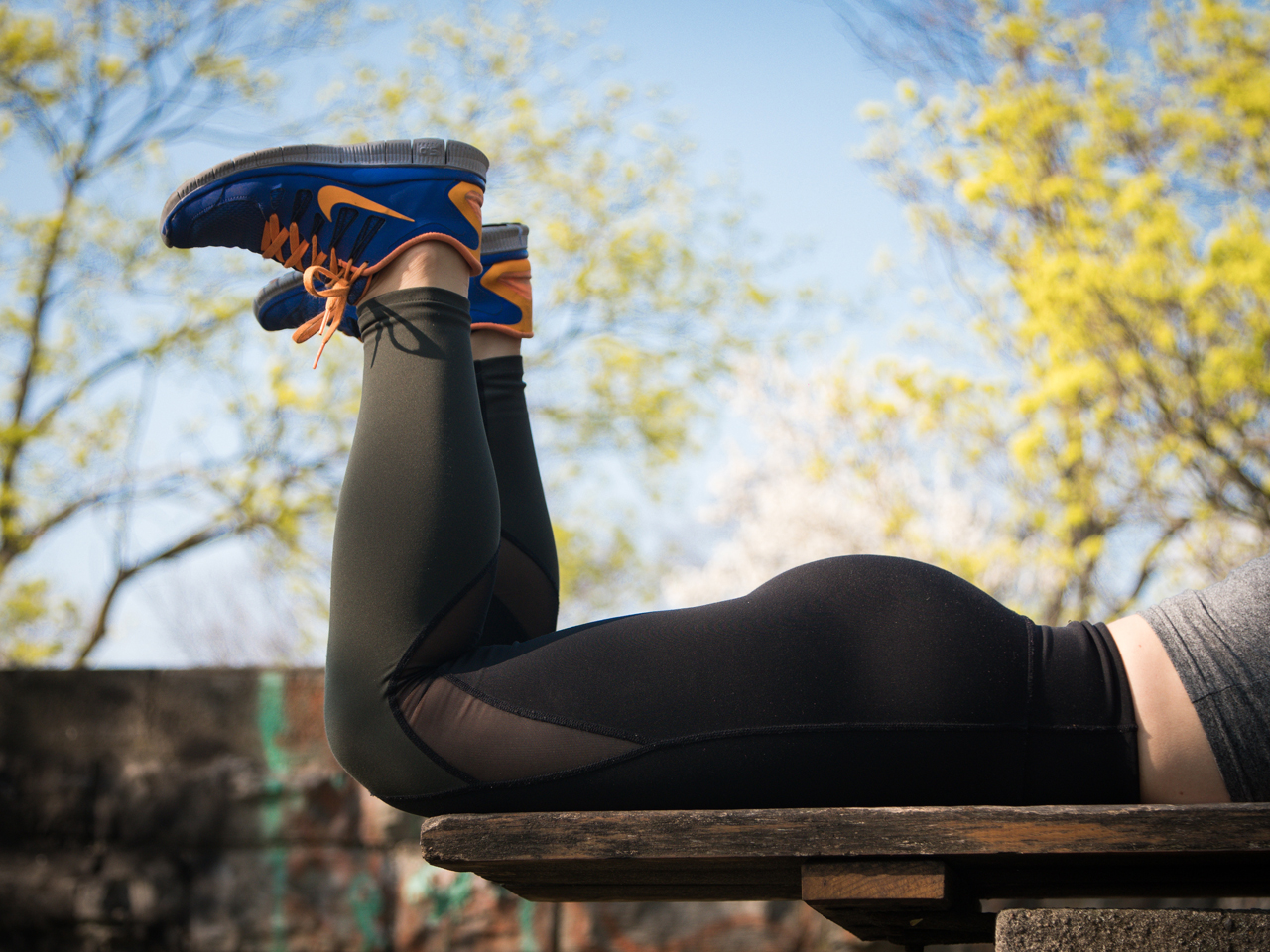
The gluteal muscles play a crucial role in the movement and stability of the hips. The gluteus maximus, medius, and minimus are the three main muscles that make up the gluteal group. Though they are often referred to collectively as the glutes, each muscle has distinct functions and contributes to different aspects of hip movement.
In this article, we will explore the anatomy and functions of these muscles in detail.
1. Gluteus Maximus:
The gluteus maximus is the largest muscle of the gluteal group and is situated in the posterior (back) region of the hip. It extends from the sacrum and coccyx (the base of the spine) to the femur (thigh bone). This muscle is responsible for a range of movements, including hip extension, external rotation, and abduction.
Functions:
- Hip Extension. The gluteus maximus contracts to move the thigh backward, allowing the leg to move behind the body during activities such as walking, running, and climbing stairs.
- External Rotation. This muscle also helps in rotating the thigh outward, aiding actions like turning the foot outwards and maintaining balance.
- Abduction. When the gluteus maximus contracts on one side, it helps lift and move the leg away from the midline of the body.
2. Gluteus Medius:
The gluteus medius lies above the gluteus maximus and originates from the ilium, which is the largest bone of the pelvis. It attaches to the femur and is primarily responsible for stabilizing the hip and pelvis during ambulation.
Functions:
- Hip Abduction/Lateral Movement. The gluteus medius contracts to lift the leg sideways away from the center of the body. This action is essential for maintaining balance while standing on one leg and during activities such as walking, running, and dancing.
- Hip Stabilization. The muscle plays a crucial role in stabilizing the pelvis during gait, preventing excessive movement, and ensuring proper alignment.
3. Gluteus Minimus:
The gluteus minimus is the smallest of the gluteal muscles and lies beneath the gluteus medius. It has a similar origin and attachment points to the medius but is located more towards the front of the hip.
Functions:
- Hip Abduction. The gluteus minimus assists in the abduction of the hip, working in conjunction with the medius to move the leg away from the midline of the body.
- Hip Stabilization. Like the medius, the minimus also helps in stabilizing the pelvis during weight-bearing activities.
Conclusion:
The gluteal muscles, including the gluteus maximus, medius, and minimus, are vital for hip stability and movement. The gluteus maximus is responsible for hip extension, external rotation, and abduction. The medius and minimus primarily aid in hip abduction and pelvic stabilization. Regular exercise and targeted strength training of these muscles can help improve posture, enhance athletic performance, and reduce the risk of hip-related injuries.



